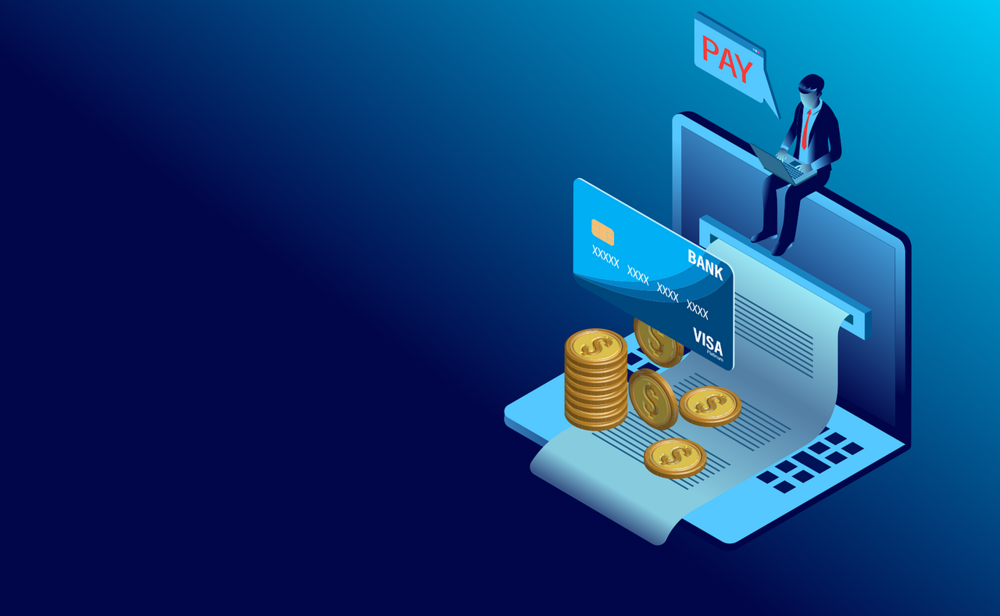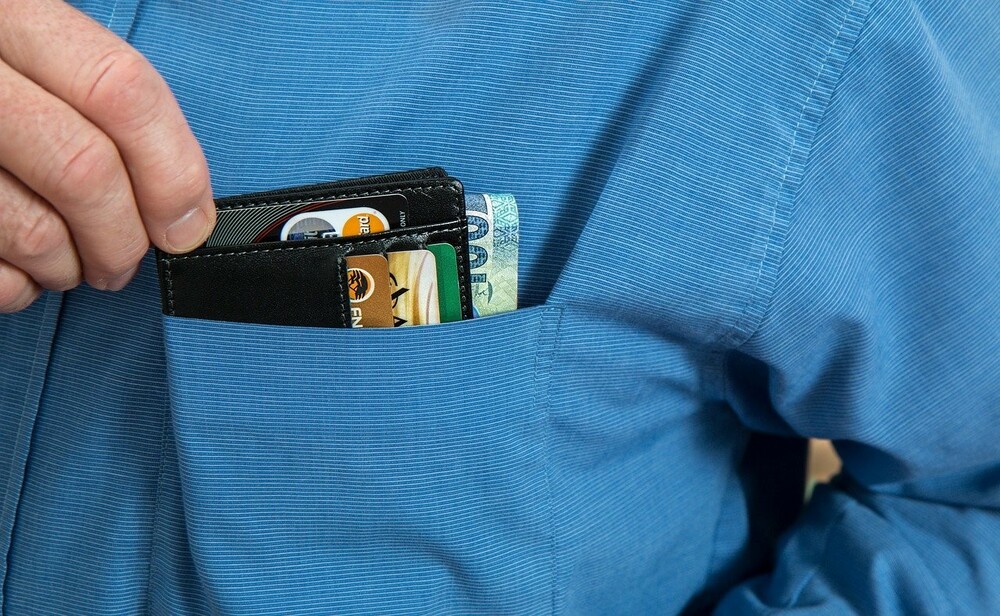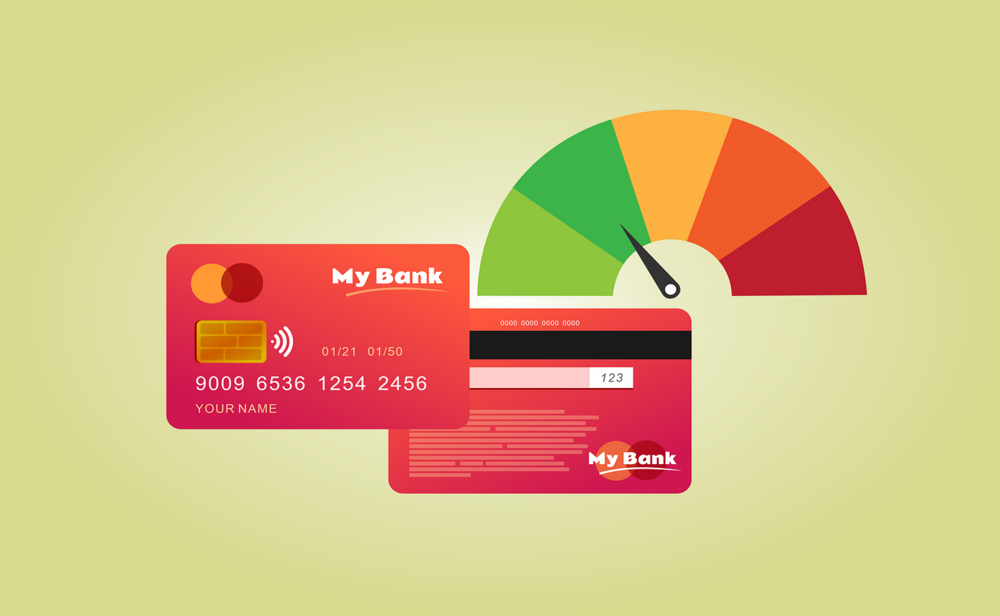7 Essential Facts About Charge–Off Accounts
What are Charge-Off Accounts?
Charge–off (C – O) accounts are accounts in which a consumer pays the bill and later discovers that the total amount of the charges was more than the current balance. Typically, the charges resulted from using the cards to make unauthorized or unsafe purchases, such as paying cash for gasoline or other personal expenses. For each charge, the account is charged a fee which is generally a percentage of the amount paid. The amount of the fee may be determined as the minimum allowable charge for the type of transaction (e.g., cash advance). The fee is generally one percent of the amount charged or less. Because of the amount of the fee, the C – O balance is usually higher than the balance on the account at the time the transaction was made. Thus, the total balance is shown in a lower ratio, usually the amount of the charge or on a credit report as “infractions” or “maintenance” amounts.

For each C – O account, the bank assesses the fee to the customer and, upon the customer’s request, refunds that amount to the customer’s account. The amount of the fee is generally calculated based on the amount of the charge or infraction. To calculate the fee, the bank will use the type of transaction as the basis for the fee, but it may be added or penalty fees, each amount subject to a minimum fee. For example, charges or infractions due to identity theft (e.g., using the card without authorization) may incur extra charges or maintenance fees. Generally, a credit union charges no more than one percent of the total charge as an initial credit line. The amount of the initial charge may be an initial credit line fee or may be charged as a maintenance fee.
A Charge-Off
You may have heard of someone filing a bankruptcy. Bankruptcy is a charge-off that’s filed against a bankrupt person’s assets. This is done to start the process of receiving a discharge of debts that are connected to bankruptcy. The discharge of debts is a type of discharge known as the discharge of indebtedness. In contrast, in a charge-off, the creditor takes a collection agency to court and asks that the sale of the individual’s debt be approved.
Most times, the creditor will receive a default judgment in their favor. The default judgment is a judgment that is issued against the debt, and the debt becomes insolvent. It’s similar to defaulting on a bank loan that’s filed against your assets. In most cases, if you can’t pay the debts, you will have a default judgment in your favor, and the creditors will have the right to sell the assets associated with your debt.
Charge-off Loans
This is a form of debt collection that’s conducted on behalf of a creditor. Usually, these loans are made on a short-term basis and are not subject to very many legal guidelines. A significant portion of charge-off loans will be small loans that people can’t afford to repay. Sometimes, these loans will have very small monthly payments that are often covered by other monthly expenses. For a person who is struggling to pay off a large loan, these loans may be perfect.
The terminology for a charge-off loan varies depending on who the creditor is. Credit reporting agencies will often use the term loan charge-off, and private loan insurance companies will refer to these loans as default charge-offs. In many cases, creditors use the term default charge-off when the person has simply missed a payment. In other cases, the term will be used when the credit agency has concerns about the borrower’s ability to repay the loan.
7 Essential Facts About Charge-Off Accounts
A charge-off is when an individual or institution sells a charge-off account. Generally speaking, most of these charge-off accounts are related to finance company loans and other real estate loans. If someone is planning to purchase a home, a mortgage loan, or a vehicle, these are all examples of finance company loans. Usually, these loans are made with relatively large installment payments that are very difficult to repay, for a monthly payment that is frequently greater than the buyer’s other expenses. Most borrowers who default on these kinds of loans typically lose their homes, vehicles, and sometimes a lot of money. Here are seven essential facts about charge-off accounts:
1. Charge-off accounts are a major focus for bank and credit union management teams.
Since 2010, the largest banks and credit unions have cut $180 billion from charge-off balances, and by 2020, they expect to cut another $35 billion from charged-off balances. If you know that you will be about to miss a payment, you should talk to your lender and attempt to set up a payment plan. Don’t be surprised if your lender can’t reduce your payments without selling off your accounts.
2. Bank and credit union regulators have limited the scope and scale of lenders’ charge-off initiatives.
Banks and credit unions have two primary compliance goals: preventing mortgage loan charge-offs and preventing consumer credit card charge-offs. State and federal regulations often require lenders to monitor and reduce charge-off levels. The Better Business Bureau offers financial advice on how consumers can protect themselves from charge-off situations.
3. The major banks are the primary financiers of charge-offs.
The largest banks and credit unions represent only a small fraction of charge-offs, but they account for more than half of the charge-off volume by dollar volume. As of June 30, 2016, charge-offs by the six largest banks (Citibank, Bank of America, JPMorgan Chase, Wells Fargo, PNC, and U.S. Bank) equaled just over $13 billion, or 25% of the industry total.
In contrast, over the past three years, Bank of America (15% of the industry’s charge-offs), Citibank (13%), and JPMorgan Chase (10%) have been the principal players in expanding the scope of lenders’ charge-offs, while Wells Fargo (3%) and U.S. Bank (2%) have been the main players in decreasing lenders’ charge-offs.
4. Credit card charge-off volumes are up 60% over the past two years.
Charge-off volumes on credit cards are up by $35 billion over the past two years and are up nearly 60% over the past four years. U.S. Bank and Citibank have accounted for the majority of the industry’s increase in charge-offs. The numbers are even worse if we look at charge-offs by banks and credit unions that engage in variable rate or variable-rate-linked product offerings.
5. CUs are cutting their exposure to credit cards.
Over the past three years, credit union lenders have shrunk their portfolios by over $30 billion, or a cumulative 16% of their outstanding credit card loan balances. U.S. Bank and Citibank have accounted for the majority of the industry’s credit card portfolio contraction. For a full breakdown of the credit card market, read The Complete Guide to Credit Card Charge-Offs in the U.S. Credit Unions.
6. Consumers are lowering their credit card limits.
Credit card lenders usually give consumers a new credit card when their old card is lost or stolen. Since many credit card issuers have offered consumers a no-risk card, consumers are decreasing the credit limits they typically accept on their cards. The credit card industry has reported a 6.5% increase in credit card loans outstanding between the second quarter of 2014 and the second quarter of 2015. The average U.S. household now has $16,782 in credit card debt, a $441 increase over the prior year.
7. Credit-card issuers are lowering their credit card charge-off rates.
Among the lenders’ most important compliance goals is to reduce the industry’s charge-off rate by avoiding consumer card charge-offs. Since 2010, the industry has cut its annualized charge-off rate by 7 basis points, or 1/60 of a percentage point. Despite the regulation and effort to reduce charge-offs, the annualized credit card charge-off rate as of June 30, 2016, remains over 4%, the highest it’s been since 2009.
Credit-card issuers’ efforts to reduce their charge-off rates are not working. The size of the charge-off rate is still too high and significantly outweighs the credit card portfolios’ annualized yield.
What Does it Mean to Have an “Active Charge-Off Account?”
An active charge-off account does not exist when no balance or charges are on the account. An active account is present if a charge or infraction that occurred before or during the last 30 days is being charged by the bank or if the balance on the account or the fee is lower than at least one month’s prior balance. An active charge-off account must have a monthly balance or charges to be counted as an active charge-off. However, some banks count “active” charge-offs only if the account’s balance is less than one month’s prior balance, or if there is a monthly fee associated with the account.
An inactive charge-off account does not exist if a charge or infraction that occurred after 30 days was discovered. The bank considers a charge-off if the balance of the account is greater than one month’s prior balance. The bank does not consider any type of charge to be active if it is discovered after a month. Inactive charges do not count toward the charge-off balance. Inactive charges are not considered charges. Hence, you can see the difference.
How Do Banks Determine Whether a Charge-Off Account is Active or Inactive?
All banks assess their policies when determining whether an account is active or inactive. Generally, some banks assign a higher allowance of charge-off amounts to active charge-off accounts. Other banks may assign a lower allowance of charge-off amounts to active charge-off accounts. For banks that assess the balance in full each month, there is no difference between an active and an inactive account. Some banks assess the balance on an “as if” basis. This means that they take the account’s current balance and subtract any payment amounts already made.
Some banks may also assess an account’s monthly charge-off amounts (annual percentage rate plus fees) as if the balance was zero each month and add the charge-off amounts to the account’s balance. It should be noted that for monthly charge-off amounts, banks may charge their minimum fee that is not included in this list. However, the most common minimum fee charged by most banks does not exceed one percent of the balance. The amount charged every month should be updated quarterly (on a rolling 12-month basis) and can vary significantly. The fee typically applies to credit-card balances above $1,000. When charge-off ratios exceed 2% of a bank’s total volume, the charge-off allowance increases from 2% to 4%, and from 4% to 5%.
The charge-off allowance on accounts with a monthly balance of less than $1,000 is 1% and will not change based on whether the account’s monthly charge-off amount exceeds one percent of the monthly balance. When charge-off ratios exceed 5% of the total volume, the charge-off allowance will remain at 2% but the limit on the monthly balance will increase from $0 to $1,000. When charge-off ratios exceed 10%, the charge-off allowance will be increased to 5% and remain there. If the total volume is less than 10% of the bank’s total volume, the bank does not assess the charge-off allowance on any account.
Conclusion
Whatever the reason for the charge-off, the result is that consumers pay more money at the end of the month for a debit card that had an initial charge-off balance of a given amount. Ultimately, this will cause a person to make more purchases than they otherwise would have in the same month because of the additional debit card fees. The charge-off accounts have significant interest penalties because of the minimum transaction amount charged by the banks. The time-out periods vary by the credit card company and can vary by bank. The total interest penalties charged for a charge-off varies significantly based on several factors. Charge-off debt is frequently charged to consumers in higher denominations than the initial outstanding balance.





